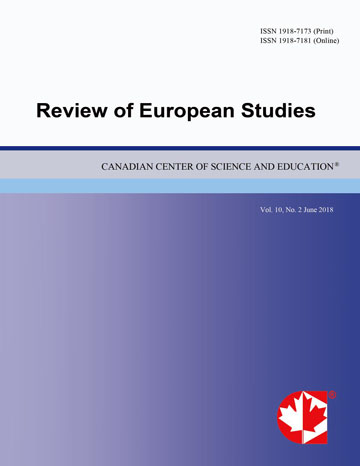Statistical Approaches to the Evaluation of the Demand and Supply at the Labour Market Based on Panel Data
- Tatyana V. Sarycheva
- Mikhail N. Shvetsov
Abstract
The labour market as any trade market is based on demand and supply. In this case, the demand takes the form of the need to occupy free job positions and to perform work, and the supply represents the availability of unemployed workforce or a desire to change job. Demand and supply are implemented in competition, on the one hand, between workers for occupying a particular job or performing work, and, on the other hand, between employers for engagement of the necessary workforce in terms of quantity and quality. A fair solution of this competitiveness implies observance of a number of conditions. First of all, it is the mobility of workforce and rational distribution of production forces. In modern economy there is a situation, when the labour supply is reducing primarily due to the influence of demographic trends. For certain sectors of economy, the labour shortage becomes especially acute, since it has not only quantitative but also qualitative and structural nature. The decision of structural problems of employment and labour market will contribute to alleviation of labour shortage.
In the present article the main factors which form the demand and supply at the labour market at both national and regional level are identified and analyzed. Absolute and relative values of structural unbalanced employment are evaluated in the Mari El Republic by economic activities. The authors have formulated the methodology of the demand and supply evaluation, based on regressive models using panel data, which allowed not only to identify the influence of explanatory variables on the number of employed population, but also to take into account time effects. We have presented forecasting and analytical tools, have described the main preconditions and principles of models’ construction, have carried out approbation of the suggested methods and models and have given the results of calculation of the dynamics and structure of the main indicators in the sphere of employment and the labour market of the region. Analysis and forecasting of socio-economic processes and identifying their relations is an essential condition for dynamic development of the national economy and for the growth of welfare of the citizens. The definite advantage of the suggested approach is its universality and applicability to the evaluation of the dynamics and structure of various socio-economic indicators and their structures.
- Full Text:
 PDF
PDF
- DOI:10.5539/res.v7n8p356
Index
- ACNP
- CNKI Scholar
- DTU Library
- Elektronische Zeitschriftenbibliothek (EZB)
- EuroPub Database
- Excellence in Research for Australia (ERA)
- Genamics JournalSeek
- Google Scholar
- Harvard Library
- HeinOnline
- Infotrieve
- JournalTOCs
- Mir@bel
- Open policy finder
- RePEc
- ResearchGate
- ROAD
- Scilit
- Technische Informationsbibliothek (TIB)
- The Keepers Registry
- Universe Digital Library
- WorldCat
Contact
- Paige DouEditorial Assistant
- res@ccsenet.org
